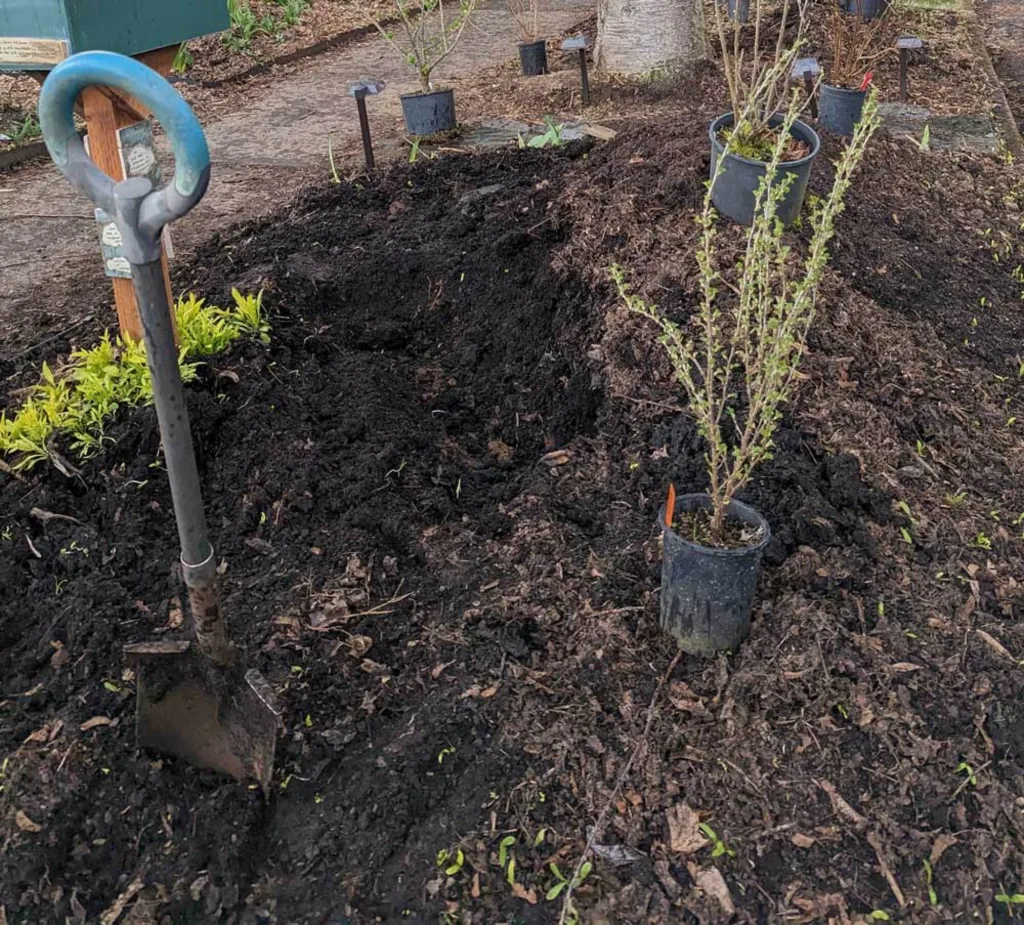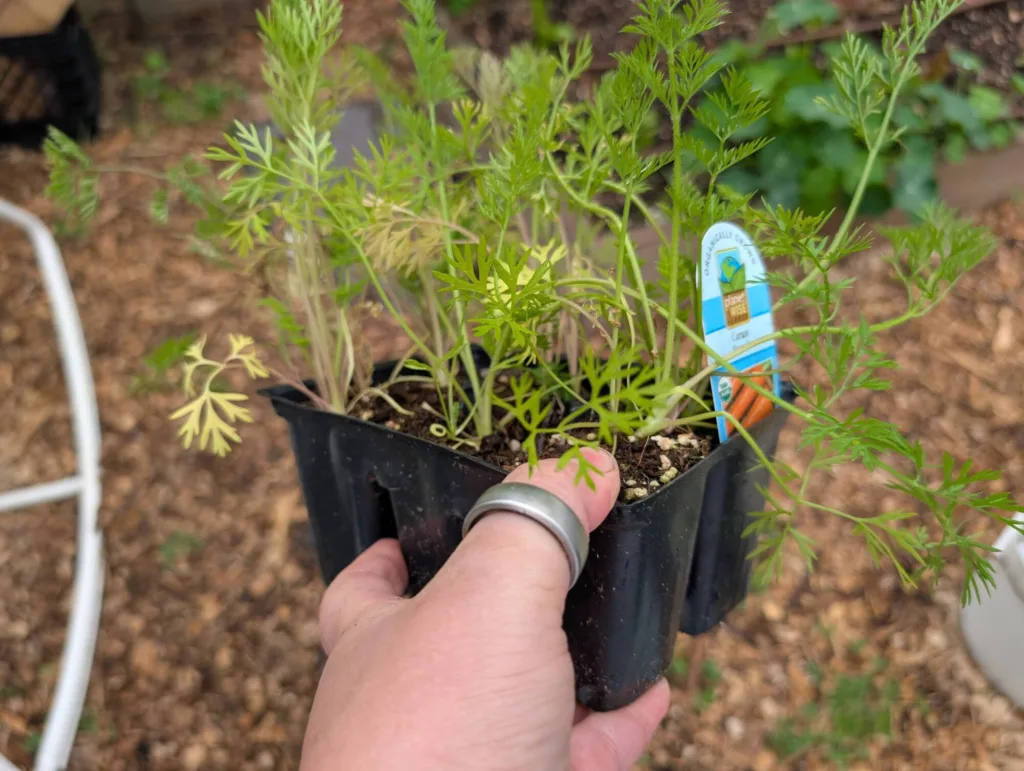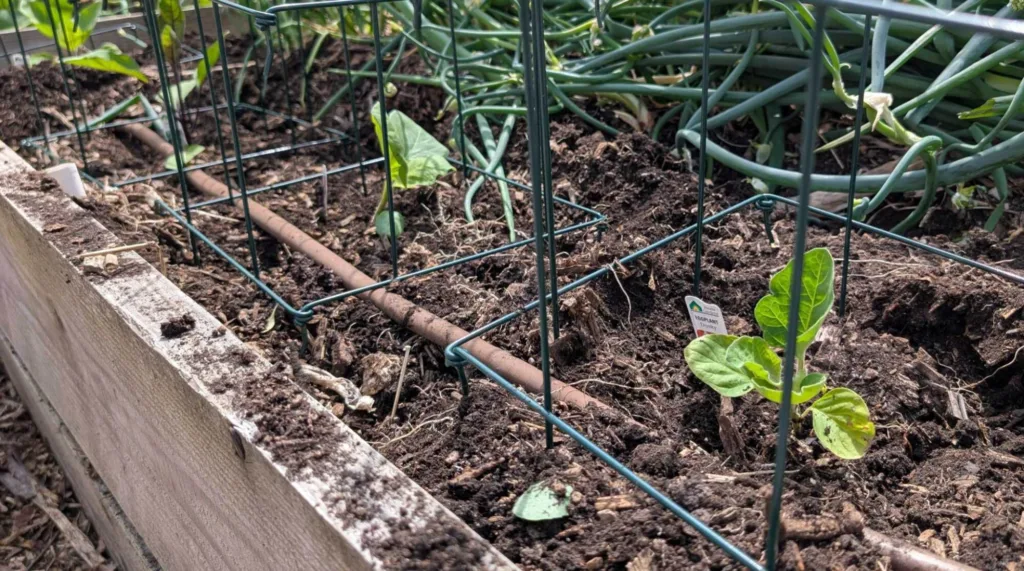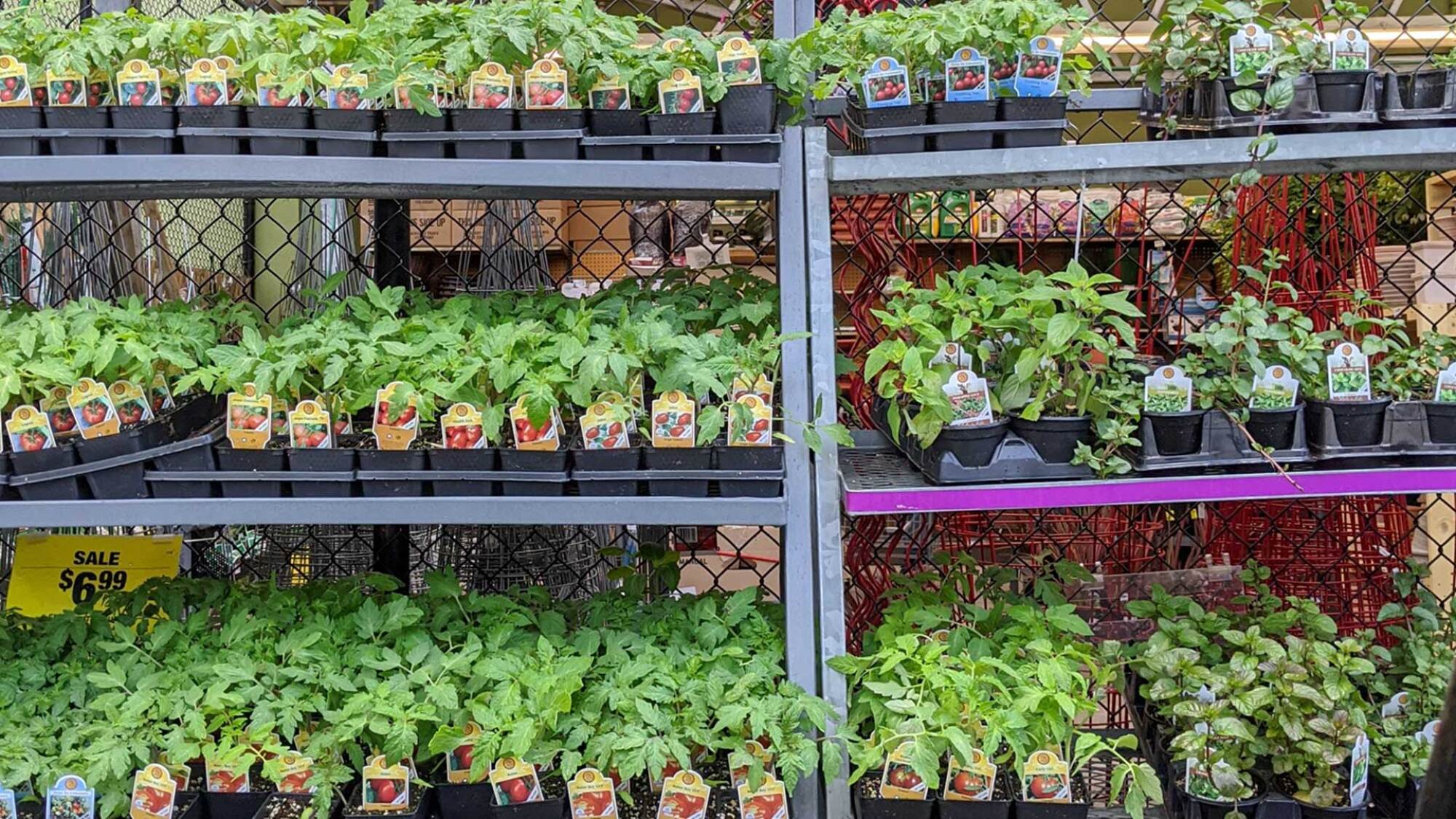
Vegetable plants are expensive. To get the best growth, you need to pay attention to more than just the soil, sun, and watering. You need to get your plants off on the right foot by planting them the right way.
Prepare the soil
The soil you are planting into has to be pliable enough that roots can flourish in them. Ensure the soil is turned over and broken up. Breaking up the soil will help you see the texture. Add sand if the soil has too much clay in it, or compost if it isn’t holding any moisture. At this point, you can add amendments such as vegetable fertilizer and lime.

Choose an overcast day
Your plants will already be stressed by transplanting. Planting them into the blazing sun is even more stress. A stretch of overcase days is the perfect planting time.
Removing the plant from the pot
Get the plant out of the pot without damaging the roots. By the time plants reach the nursery, they are often root-bound. Roots are resilient, but you don’t want to disturb them more than necessary. The best way to break a plant free from a plastic pot is to use two fingers and squeeze the bottom of the pot. This should free the plant. Once the plant is out, you want to break up the roots by using your fingers like a comb on the bottom of the plant. Plants do not enjoy their roots being disturbed.

Know the right depth
Plants need to go in the ground at the right depth, ensuring that the base of the plant is at soil level. In some cases, though, you can (and should) plant the stem deeper. Leeks and onions, can be planted deeply. Tomatoes, eggplant, and peppers can be planted deeply. When in doubt, follow the directions on the plant tag.
Don’t mulch against your stems
While mulch is an important part of insulating your vegetable plants, and keeping moisture in the ground, it’s also a way to spread pathogens. You want to ensure plants have a few inches of clearance between them and the mulch.






Leave a Reply